Mare Fecunditatis, the Sea of Fertility, is one of the main lunar maria, or seas. It is a huge, lava-filled impact basin measuring 600x500km, covering 325,000 square kilometres.
In Earth equivalents, Mare Fecunditatis is not dissimilar in area to the Caspian Sea, the largest enclosed inland body of water on our planet.
The Caspian Sea measures 1,030x435km and covers an area of 371,000 square kilometres.
For more info on lunar observing, read our guides on how to observe the Moon and the best features on the Moon.
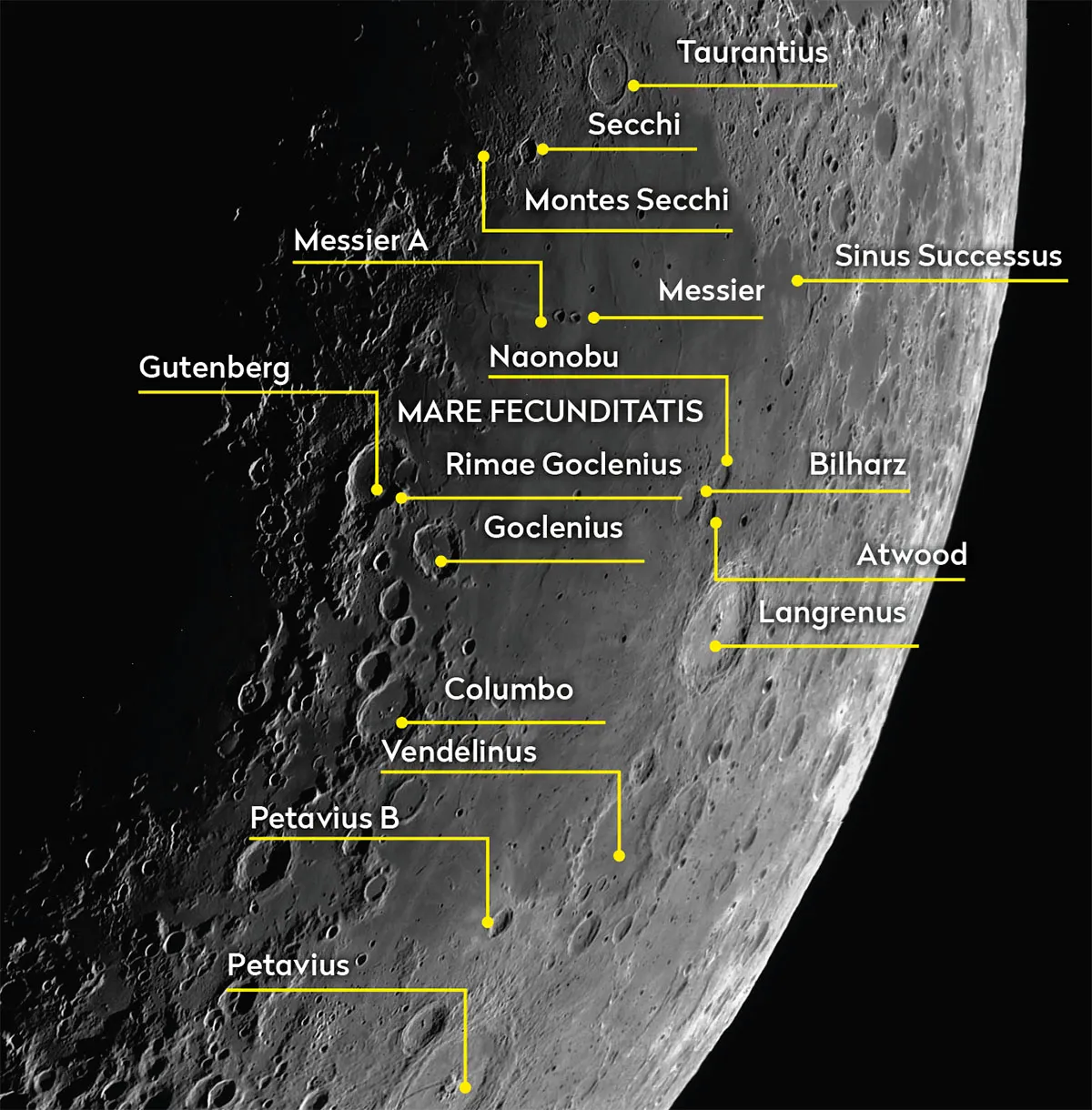
Facts about Mare Fecunditatis
- Diameter: 600x500km
- Longitude/latitude: 53.7º E, 7.8º S
- Age: Older than 3.9 billion years
- Best time to see: Four days after new Moon (8–9 April) and three days after full Moon (21–22 April)
- Minimum observing equipment: 10x binoculars
The dark, somewhat diamond-shaped, patch that represents Mare Fecunditatis is visible to the naked eye and easily recognised as it marks the southeast end of a progression of large lunar seas running from Mare Serenitatis, through Mare Tranquillitatis and into Fecunditatis.
It also lies south of the distinctive oval sea known as Mare Crisium.
Being large, it’s not surprising that there are many interesting features that lie within and border the sea.
The surface of Fecunditatis is dark with lighter streaks.
One major source of these streaks is the impressive 133km crater Langrenus, which sits on the eastern edge of the mare.
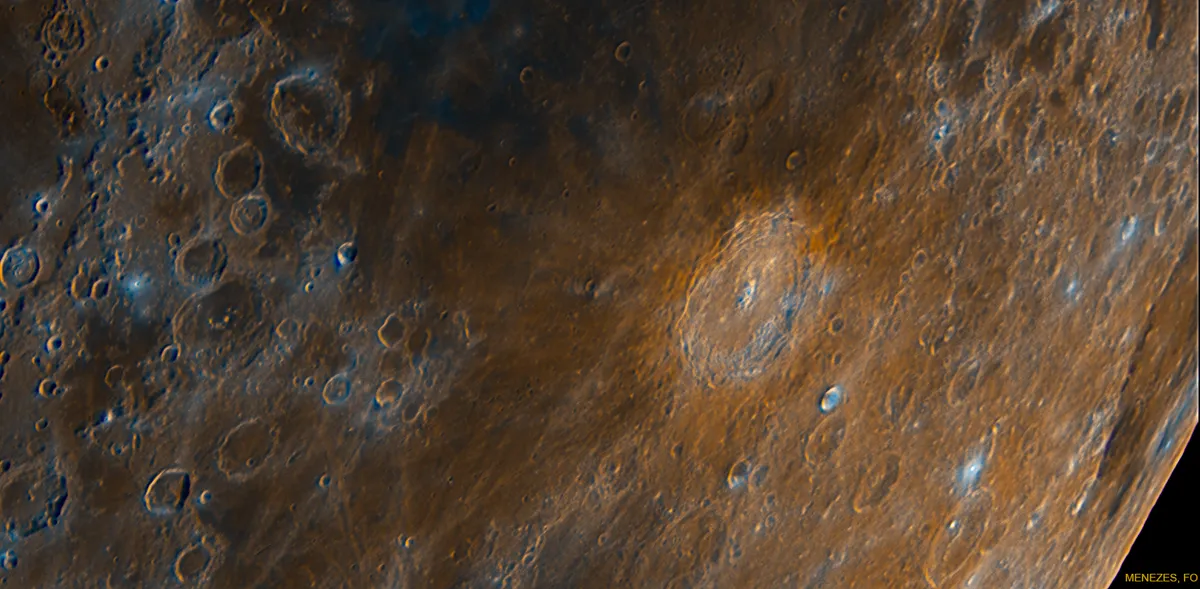
Ejecta rays can be seen crossing a large portion of Fecunditatis, especially under high illumination in the southern part of the mare.
A distinctive triplet of smaller craters lies to the northwest of Langrenus, on Fecunditatis’s floor. These are 35km Naonobu, 43km Bilharz and 30km Atwood.
All three are quite similar in appearance, with flat floors.
The complex eastern edge of Mare Fecunditatis has an irregular bay towards the north. This is the 100km Sinus Successus.
The edge of the mare then becomes more defined as it angles northwest toward 56km Taurantius.
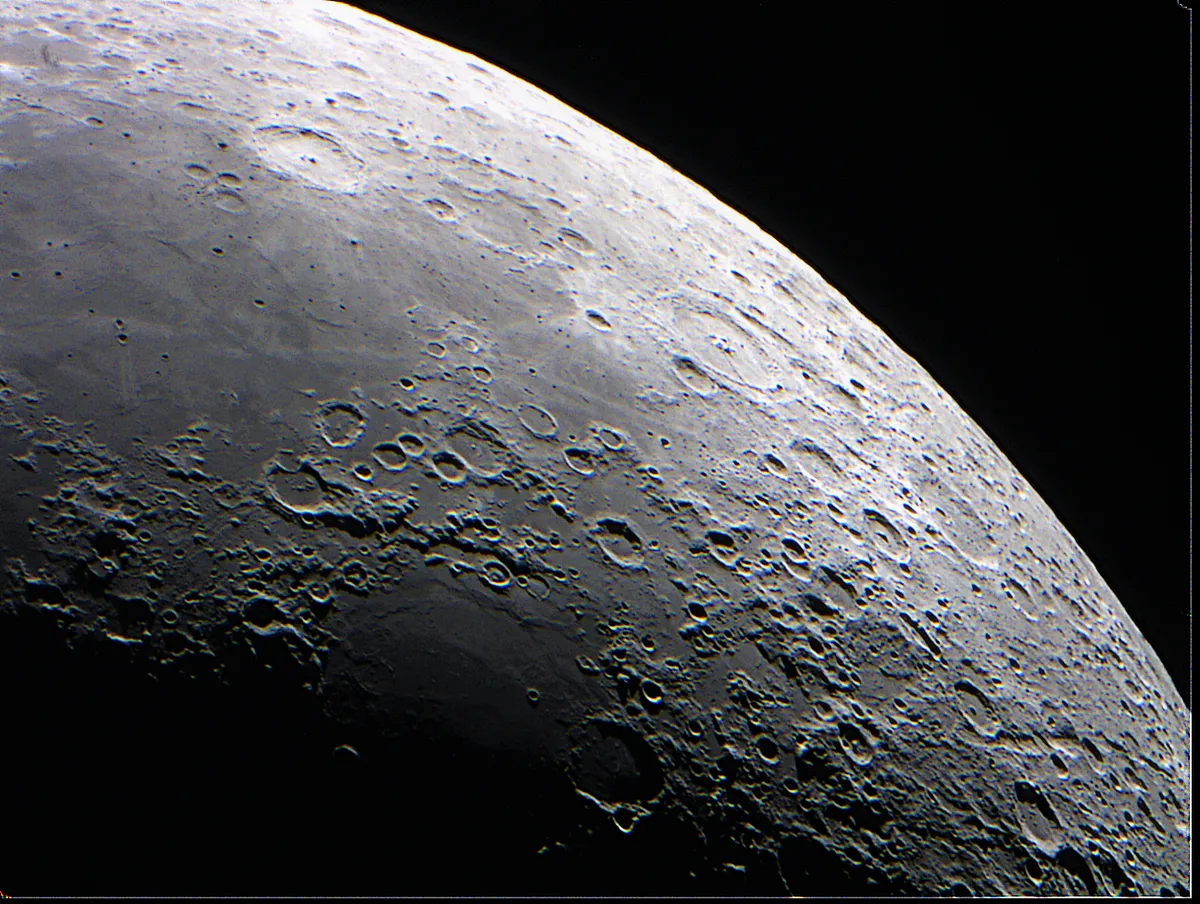
The northwestern border is defined by Montes Secchi, with the 25km crater Secchi embedded within.
It then becomes irregular once more as it heads south towards a region dominated by 75km Gutenberg, 55km Goclenius and 76km Colombo.
The western edge is interesting because it contains a number of bow-shaped rilles. These are mostly grabens – regions of the lunar surface that have dropped between fault lines.
They appear to follow the curvature of the edge of Fecunditatis concentrically.
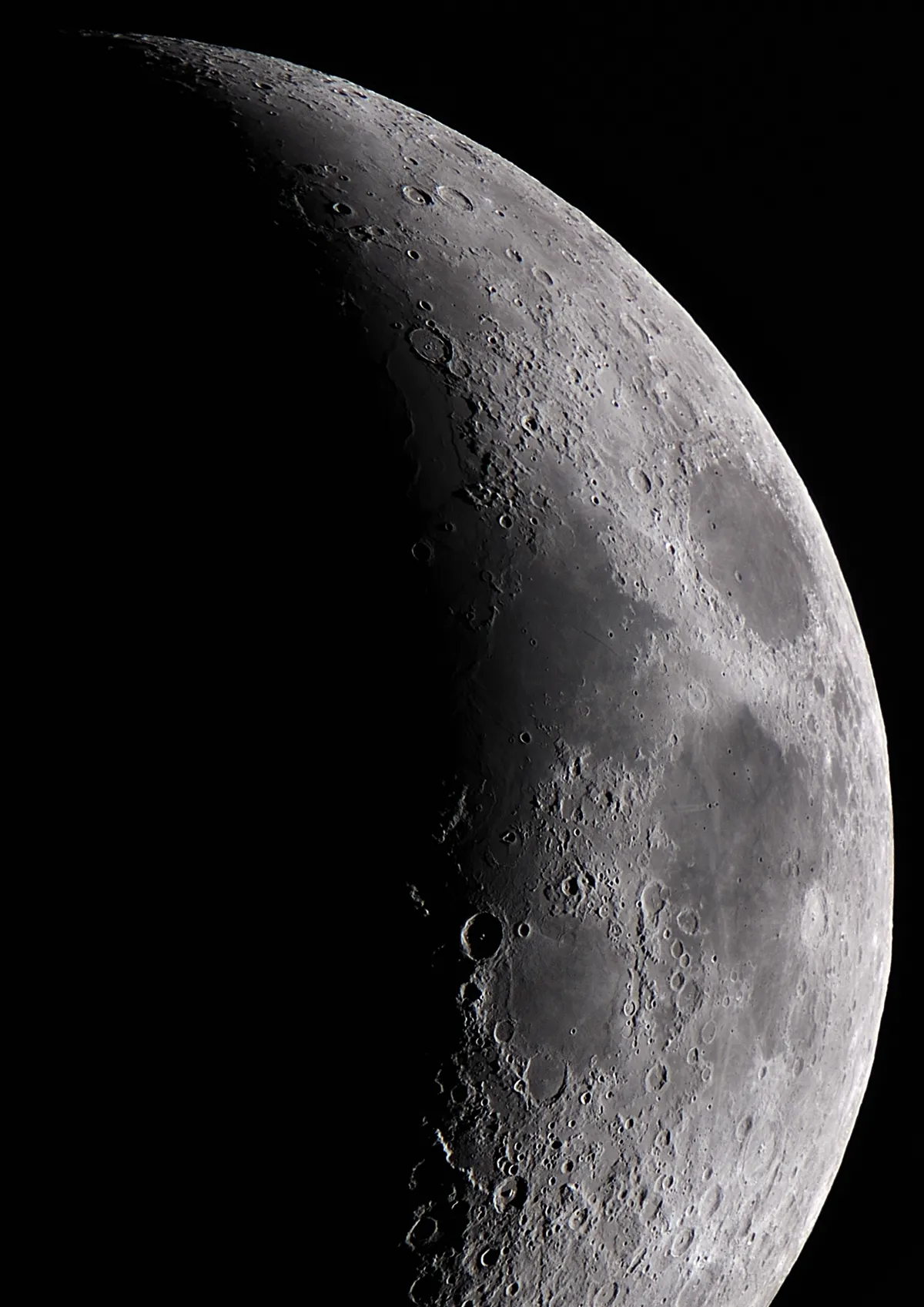
The most prominent are known as Rimae Goclenius, with the most impressive example extending northwest from Goclenius. Careful examination will show the graben passing diagonally across its entire width.
The southern end of Mare Fecunditatis is less well defined but delineated by the irregular 147km crater Vendelinus to the southeast.
The 33km crater Petavius B interferes with the mare’s floor, with additional light ray features spreading west from the crater.
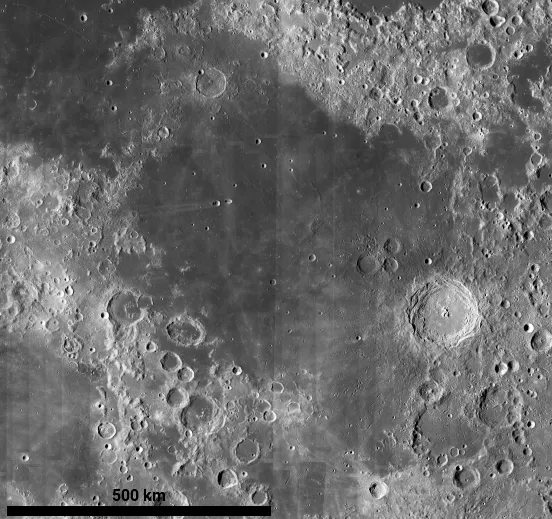
Two small yet well-known craters situated in the northwest portion of the mare are Messier and Messier A.
Messier is the smaller of the two at 12x9km. It lies to the east of 13x11km Messier A. While Messier B has a distinctly oval shape, Messier A appears more rounded with a double lip to the west.
A pair of lighter rays appears to spread out from Messier A towards the western shore of Fecunditatis.
Under high illumination two further sprays of lighter material can be seen heading north and south of Messier for quite some distance.
